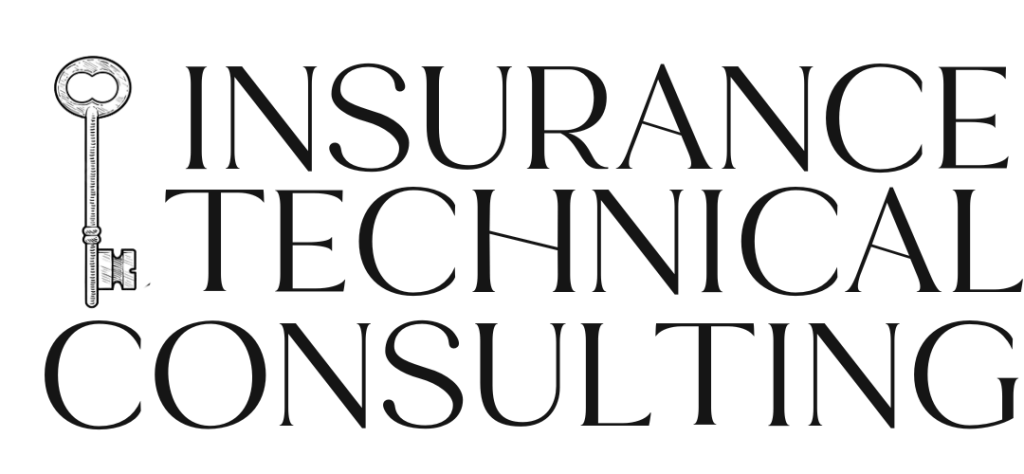
Employers Liability is the lesser known younger sibling of Workers Compensation. In all but 4 states (see this post),
a WC policy has 2 parts: Workers Compensation and Employers Liability. What does EL cover?
Workers Compensation is part of a category of insurance called “no-fault.” This means that no blame or liability must be assigned before the claim is covered. In most cases, if an employee is injured in the course of work, that employee is entitled to WC coverage. The employee does not need to prove fault of the employer.
However, some issues revolving around injuries may develop into lawsuits against the employer. When an injury results in such a suit, Employers Liability responds for both defense and settlement.
Here are four types of damages which might be alleged and covered by EL:
1. Third Party: Brought by a third party who has been sued by the injured employee. The third party then seeks to recover from the insured / employer.
For example, an employee is injured by a piece of equipment. The employee collects from WC, but also sues the equipment’s manufacturer. The manufacturer believes the equipment was used improperly, and sues the insured / employer.
2. Loss of Consortium: An injured employee’s family member usually brings a suit for this type of damage. Family members seek compensation for loss of benefits after the injury.
For example, a family member alleges that injured employee is no longer able to fulfill daily duties and obligations, or death of an employee has caused lost income.
3. Consequential Bodily Injury: A non-employee sues alleging bodily injury resulting from the employee’s injury.
For example, a health care employee contracts HIV at work, and transmits it to a household member. The household member may sue the insured / employer.
4. Dual-Capacity: The injured employee has a relationship with insured / employer outside of employment.
For example, an insured / employer manufactures ladders. An employee buys one of the ladders. A rung breaks, and the employee is injured. The employee sues the insured / employer as the manufacturer of the product.
Any of these situations could result in a claim valued in the millions. While such claims occur far less often than WC injury claims, Employers Liability is a vital coverage that should not go unnoticed. For decades, many assumed the coverage was so minor as to need only minimal limits, such as $100,000 or $300,000. Diligent agents help their insureds secure assets, providing higher limits and scheduling EL on Umbrellas.
Do your validating producers understand Employers Liability, or know where to learn about it? Insurance Technical Consulting specializes in one-on-one mentoring of commercial producers so they gain confidence in what they are selling and make fewer errors. Save your agency time with potential to increase revenue and reduce E&O costs. Explore the website at InsuranceTechnicalConsulting.com for more information.
Share Post :
